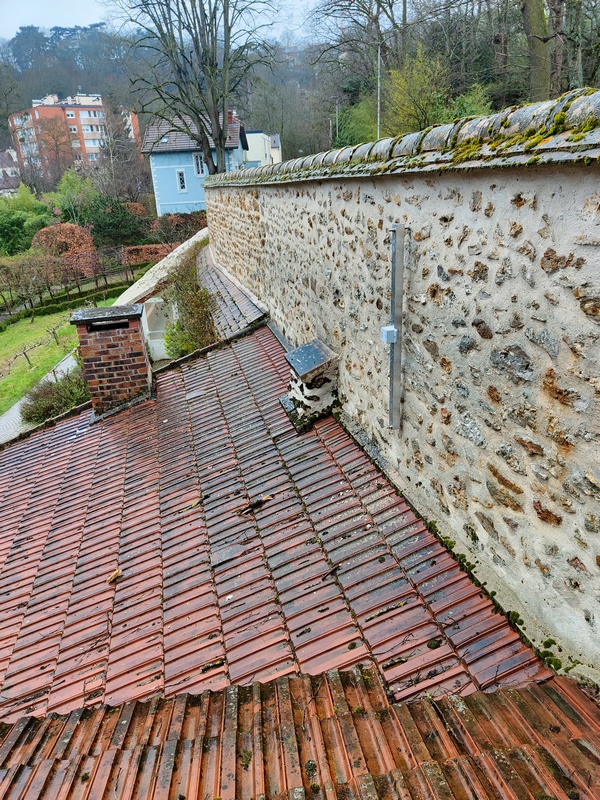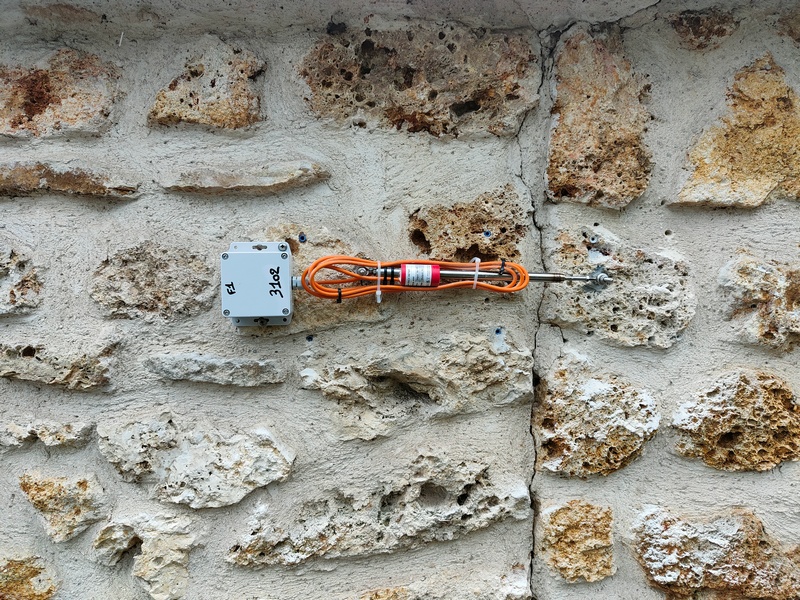Context
CIDECO was commissioned by the Department of Hauts-de-Seine to ensure the monitoring of the perimeter wall of Île Verte Park. The structure exhibits visible cracks and signs of inclination. The main objective is to understand the evolution of these disorders over time through a connected instrumentation system.
As a structural element of the park, the wall shows pathologies likely to evolve. The project owner wants to distinguish between normal seasonal variations and potential structural deformations. Continuous monitoring makes it possible to objectively analyze these phenomena.
Implemented operations
To achieve this goal, CIDECO deployed a complete instrumentation setup including:
- Crackmeters to measure crack openings
- Inclinometers to track wall tilting
- A data concentrator ensuring automatic and secure transmission of measurements
Sensors record data every hour. These readings are analyzed and summarized in periodic reports submitted to the project owner.
Methods and expertise
The approach is based on a combined analysis of observed displacements and environmental conditions, particularly thermal variations. This method allows differentiation between climate-related movements and those indicating deeper structural instability.
CIDECO applies its expertise in structural instrumentation and real-time monitoring. The team interprets general trends, identifies significant movements, and evaluates their level of criticality.
Results and findings
After several months of observation, the data revealed:
- A crack whose opening is highly correlated with temperature changes
- Moderate inclinations across most of the wall
- A localized area showing more pronounced rotation, requiring closer surveillance
These trends helped refine the monitoring strategy: intensify measurements where movements are most significant, while maintaining periodic overall tracking.
Added value
The monitoring system implemented at Île Verte goes beyond simple observation: it provides early alerts in the event of abnormal evolution. This proactive approach enhances site safety and allows corrective action before any disorder becomes critical.



